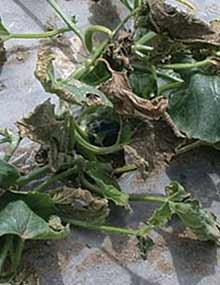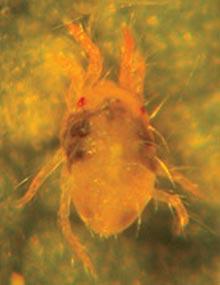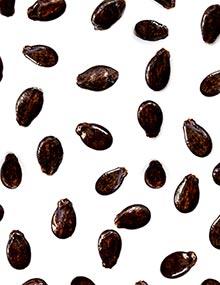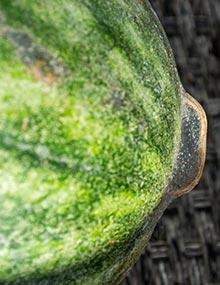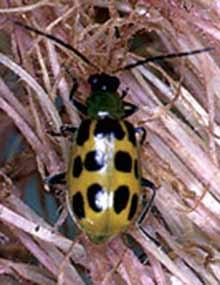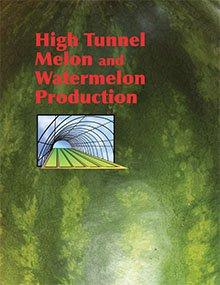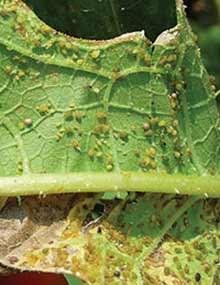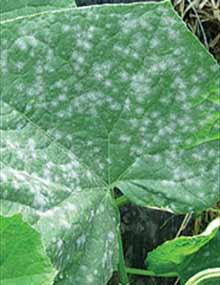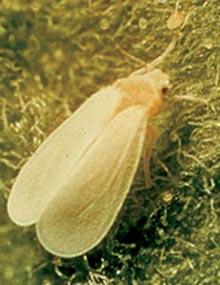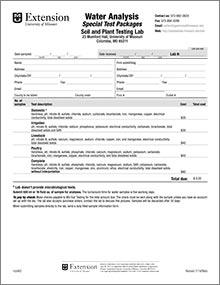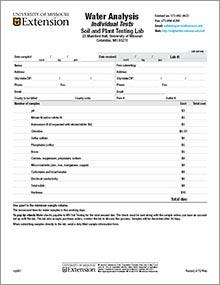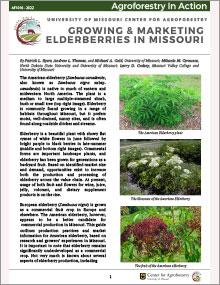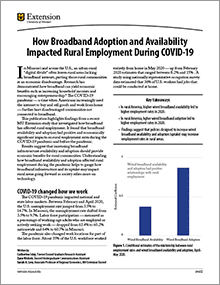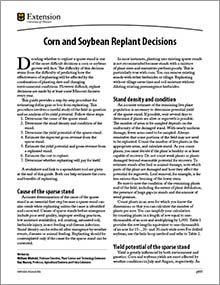High Tunnel Melon and Watermelon Production, Page 04
Revised
Bacterial wilt is a serious disease of melons that is transmitted by spotted and striped cucumber beetles that feed on melon foliage.
High Tunnel Melon and Watermelon Production, Page 07
Revised
Spider mites are small, oval-shaped arthropods that can be found on the underside of leaves, where they congregate and suck sap from the plant.
High Tunnel Melon and Watermelon Production, Page 10
Revised
Find sources of melon and watermelon seeds
High Tunnel Melon and Watermelon Production, Page 02
Revised
Maintaining healthy, nonstressed plants, managing the high tunnel environment properly, preserving beneficial insects and early pest detection will prevent many pests from becoming a problem within the high tunnel.
High Tunnel Melon and Watermelon Production, Page 05
Revised
Within two weeks after transplanting, begin scouting for cucumber beetles in the high tunnel. Use yellow sticky traps to detect cucumber beetles.
High Tunnel Melon and Watermelon Production, Page 08
Revised
Thrips are small, elongated insects that can be a serious insect pest of high tunnel melons and watermelons and are usually found clustered in flowers and on the underside of leaves.
High Tunnel Melon and Watermelon Production
Revised
High tunnels are low-cost, passive, solar plant forcing structures that use no fossil fuels for heating or venting and provide many benefits to horticulture crop producers
High Tunnel Melon and Watermelon Production, Page 03
Revised
Melon aphids congregate on lower leaf surfaces and cause cupping of the leaves
High Tunnel Melon and Watermelon Production, Page 06
Revised
The dry, humid and dense plant growth within a high tunnel is optimal for development of powdery mildew.
High Tunnel Melon and Watermelon Production, Page 09
Revised
Whiteflies are small, soft-bodied insects with wings covered with white, powdery wax that damage plants by sucking the sap and transmitting harmful viruses.
Water Analysis — Special Test Packages
Revised
The testing packages in this form target specific nutrients to provide a more complete picture of water quality for a particular use. Use this form to obtain a detailed water analysis from the MU Soil and Plant Testing Lab.
Water Analysis — Individual Tests Form
Revised
The Soil and Plant Laboratory can test your water for irrigation, domestic, poultry or livestock suitability or run specific individual tests. Water analysis can be used to determine suitability for several purposes, such as for homeowners, irrigation or for use by livestock and poultry.
Collective Bargaining 1: Historical Models of Collective Bargaining in the U.S. - Page 2
Revised
Economic framework for collective bargaining The economic framework for collective bargaining
The model of collective bargaining that has dominated American industrial relations since the 1930s relies on the relati
Collective Bargaining 1: Historical Models of Collective Bargaining in the U.S. - Page 5
Revised
Organization of the relevant workforce Organization of the relevant workforce
To solidify bargaining power, an important union goal is to organize those workers that represent a threat to union member wage levels and job secur
How Broadband Adoption and Availability Impacted Rural Employment During COVID-19
New
Learn how broadband affected rural employment rates before and during the COVID-19 pandemic.
Collective Bargaining 3: Effective Negotiations, Background Information
Revised
Introduction Revised by Douglas Swanson, June 2022
Collective Bargaining 4: The Bargaining Climate - Page 3
Revised
The bargaining climate
In developing the bargaining goals and strategies of a local union, it is important to remember that not all relationships with employers are equal. The attitude of a particular employer toward the union and the obligation to bargain may range from the very positive to one approaching industrial warfare.
Collective Bargaining 5: Bargaining Techniques - Page 3
Revised
Documentation
No matter what procedures exist for maintaining an official record of the negotiations with the employer, the union must have its own mechanisms for the recording of all substantive discussions occurring in bargaining sessions.
Corn and Soybean Replant Decisions
Revised
Find out what options you have when wet spring weather causes poor crop germination. Whether you replant depends on seed variety, weather and insurance.
Contract Interpretation Standards
Reviewed
Collective Bargaining 1: Historical Models of Collective Bargaining in the U.S. - Page 3
Revised
Employers ability to pay
Product market factors
Collective Bargaining 1: Historical Models of Collective Bargaining in the U.S. - Page 6
Revised
Avoidance of competitive unionism Avoidance of competitive unionism
Union bargaining strength is also weakened by wage competition between more than one union in each industry or with a particular employer.
Collective Bargaining 3: Effective Negotiations, Background Information - Page 2
Revised
Research agenda Research agenda
Early in the bargaining process, a local union may want to develop a research agenda to gather data useful in negotiations.
